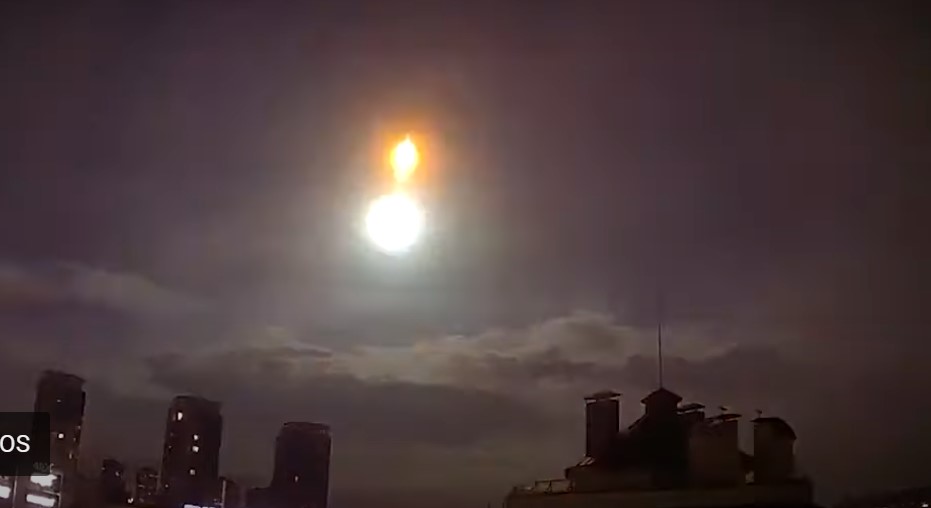A trio of meteor showers is currently lighting up our skies with fireballs of different sizes: Southern Delta Aquarids, Alpha Capricornids and the Perseids.
Two – Southern Delta Aquarids and Alpha Capricornids – will peak during the second half of the week, while the Perseid meteor shower will have its strongest activity on August 12th.
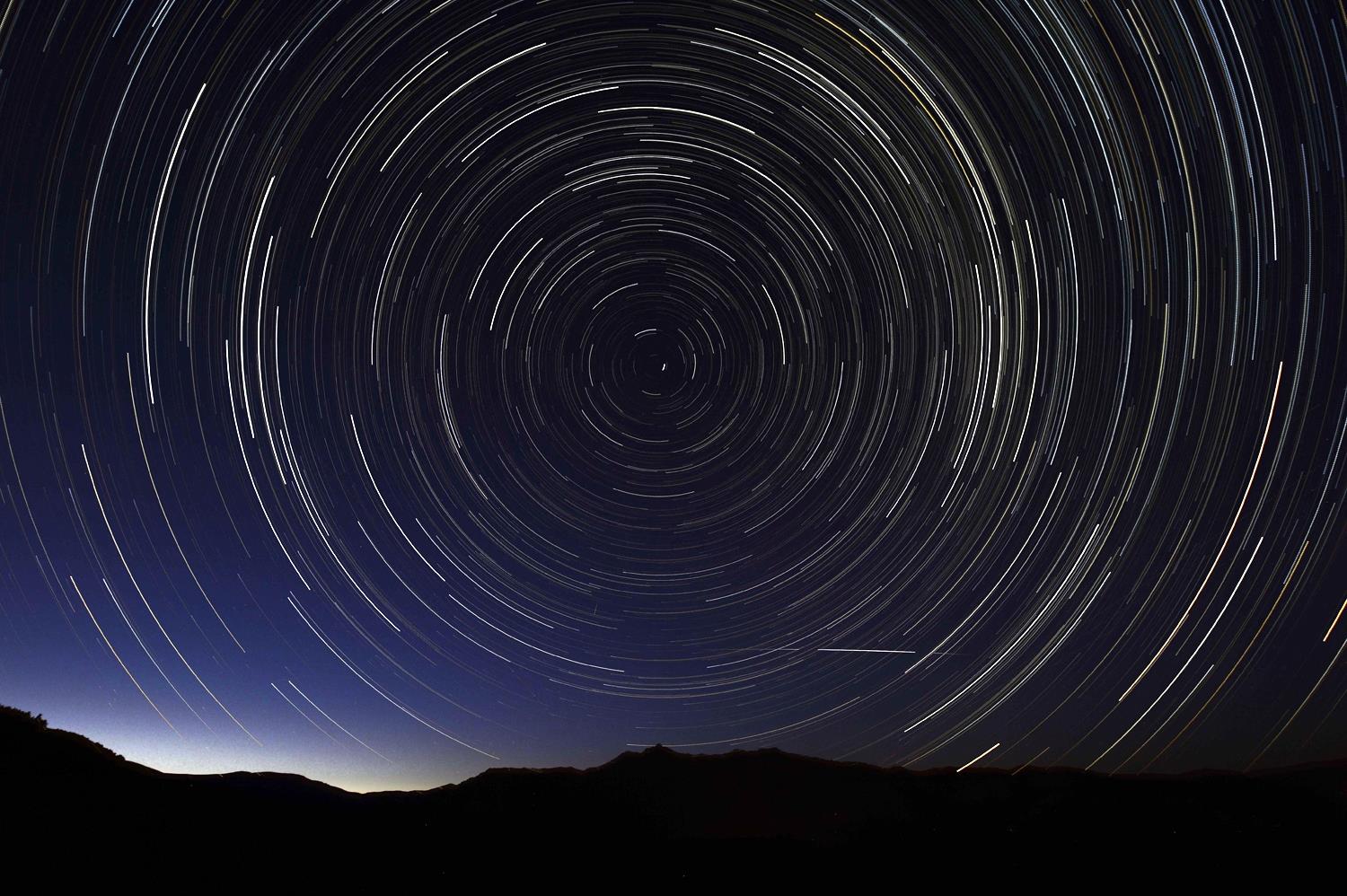
Three meteor showers are currently illuminating our skies: Southern Delta Aquarids (July 15th to August 25th; peak: July 28-29), Alpha Capricornids (July 5th to August 15th; peak: August 1-2) and the Perseids (July 17th to August 24th; peak: August 12-13).
This may explain the high rates of major meteor sightings reported across the world last week.
Southern Delta Aquarid meteor shower
The Southern Delta Aquariids are a meteor shower visible from mid July to mid August each year with peak activity on July 28 or 29 July. It produces an average meteor observation rate of 15–20 per hour, and a peak zenith hourly rate of 18.
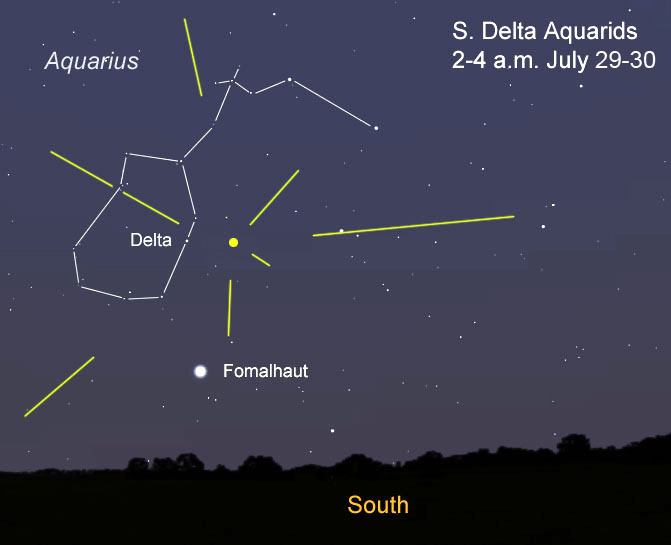
The Delta Aquarid meteor shower favors the Southern Hemisphere and tropical latitudes in the Northern Hemisphere.
The shower originated from the breakup of what are now the Marsden and Kracht Sungrazing comets.
The Alpha Capricornid meteor shower
Alpha Capricornids is a meteor shower that takes place from 15 July and continues until around 10 August. This shower produces infrequent but relatively bright meteors, with some fireballs – at a rate of 5-9/hr at peak.
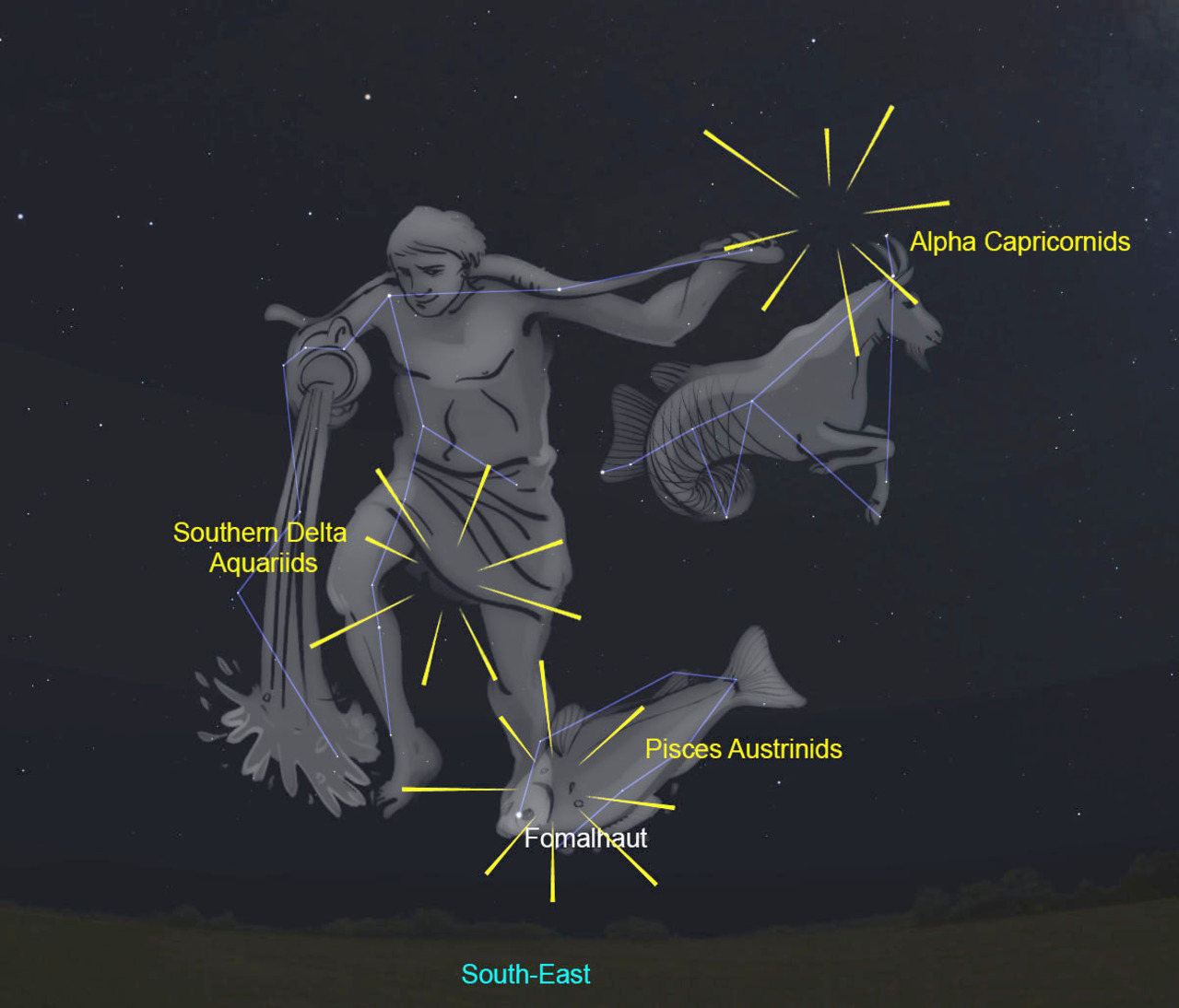
The meteor shower was created about 3,500 to 5,000 years ago, when about half of comet 169P/NEAT- the parent body – disintegrated and fell into dust.
Here a video showing the peak of Alpha-Capricornids meteor shower on July 30, 2013 seen from the mogollon rim, Payson, AZ:
It is believed that the Alpha Capricornids will become a major annual storm stronger than any current annual shower in 2220–2420 A.D. when the bulk of the dust will cross Earth’s path.
The Perseid meteor shower
The Perseid meteor shower will burst into light this August as Earth passes through the long trail left by Comet Swift-Tuttle. This year, there will be an outburst, which means they’ll appear at double the usual rates: 150 to 200 instead of 80 perseids/ hour.
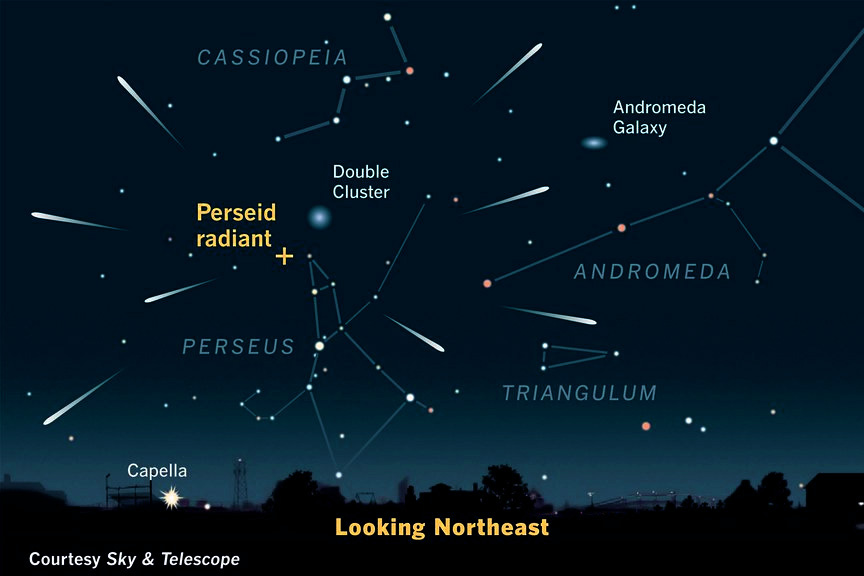
Earth will pass through the path of Comet Swift-Tuttle from July 17 to Aug. 24, with the shower’s peak occurring on Aug. 12. The most meteors will be visible after midnight. They can appear all over the sky.
This year, the comet’s path is particularly crowded, which means the meteor shower is in “outburst” — a condition that occurs when the debris clumps together because of the influence of the giant planets.
Then, just relax and look upward for the celestial show.









